The Essential Woodworker's Toolkit:
From Hand Tools to Power Tools
Woodworking is a craft that combines creativity, skill, and patience. As a beginner, the array of tools available can be overwhelming.
This guide will walk you through the essential tools every woodworker needs, from basic hand tools to more advanced power tools.
We'll explore why hand tools are crucial for skill development, when to incorporate power tools, and how to set up and maintain your workshop.
The Value of Hand Tools
Hand tools are the foundation of woodworking. They connect you directly to the wood, allowing you to feel its grain and texture.
This tactile experience is invaluable for developing your skills and understanding of the material
✔️ Skill Development
Using hand tools forces you to develop fundamental techniques. You'll learn to read grain direction, apply suitable pressure, and make precise cuts.
These skills transfer to all aspects of woodworking, even when you eventually use power tools.
✔️ Precision and Control
Hand tools often provide greater control, especially for delicate work. A well-tuned hand plane can achieve a smoother surface than a powe_r sander in many cases.
Chisels allow for intricate joinery that would be difficult or impossible with power tools alone.
✔️ Cost-Effectiveness
A set of quality hand tools can be more affordable than their power tool counterparts. This makes them an excellent starting point for beginners on a budget.
✔️ Quiet Operation
Hand tools are significantly quieter than power tools. This is ideal if you're working in an apartment or prefer a peaceful environment.
✔️ Safety Considerations
While all tools require proper safety precautions, hand tools generally pose fewer risks for beginners.
There's no risk of kickback or accidental power-on, common concerns with power tools.
7 Essential Hand Tools For Beginners
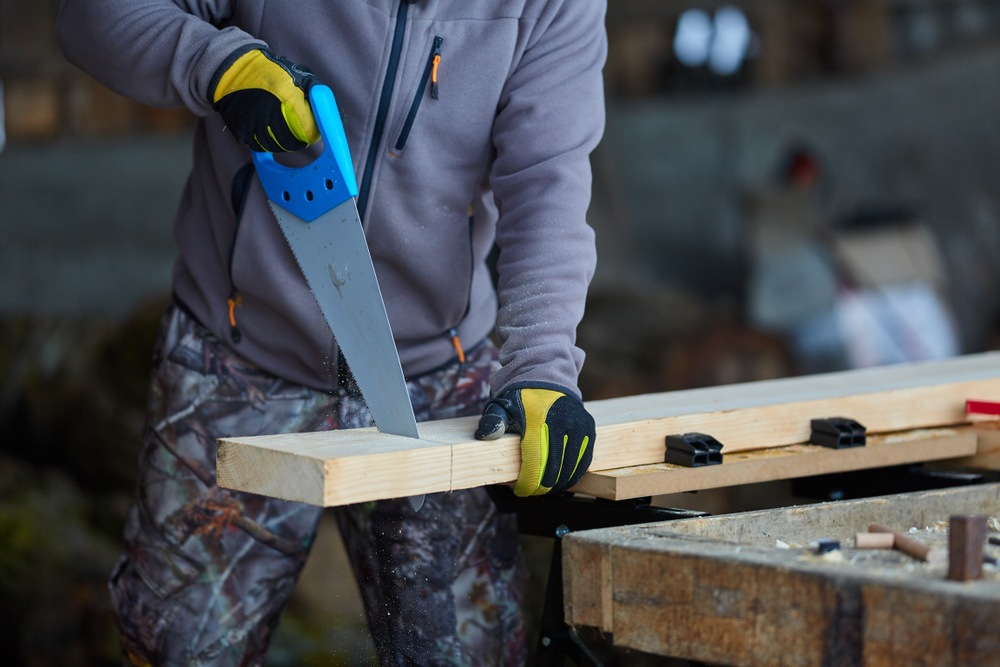
Hand Saw
A general-purpose crosscut saw is your first essential tool. Look for one with 8-10 teeth per inch for a good balance of speed and smoothness.
As you progress, consider adding a rip saw for cutting with the grain and a backsaw for precise joinery work.
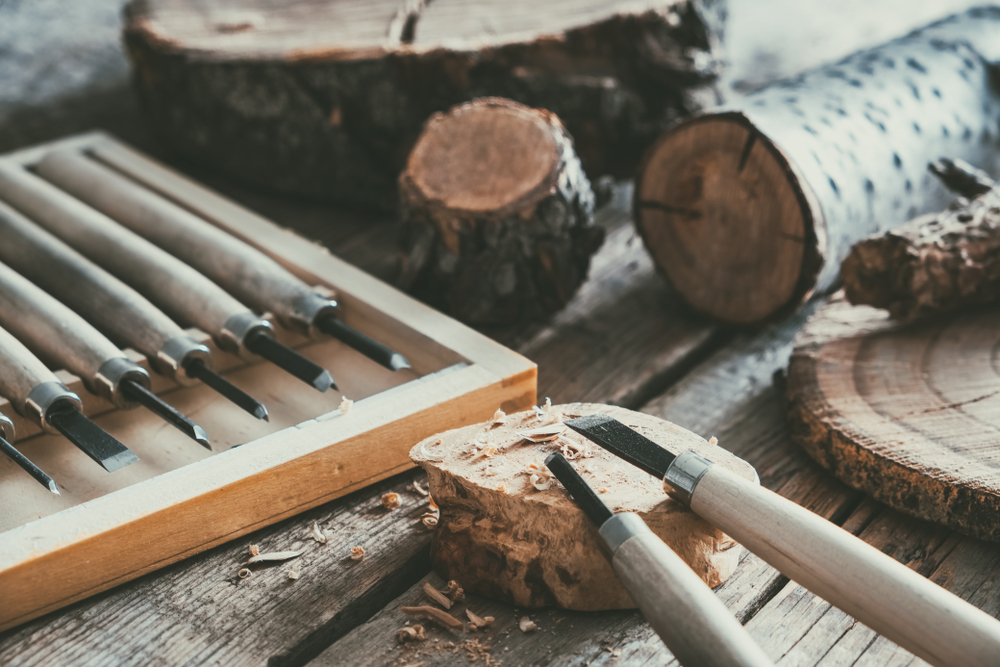
Chisels
A set of bench chisels (1/4", 1/2", 3/4", and 1") will cover most of your needs. Bevel-edge chisels offer greater versatility. Remember, sharp chisels are crucial for both safety and effectiveness.
Invest in a sharpening stone and learn to use it properly.

Hammer
A 16-ounce claw hammer is suitable for most woodworking tasks. Look for one with a comfortable grip and good balance.
The claw end is useful for removing nails and prying boards apart.

Screwdrivers
A set of flathead and Phillips head screwdrivers is essential. You'll use them not just for driving screws, and for adjusting tools and other workshop tasks.

Measuring and Marking Tools
Accuracy is crucial in woodworking. Essential measuring and marking tools include:
Tape measure
Combination square
Marking gauge
Carpenter's pencil
These tools ensure your cuts and joints are precise, leading to better-quality finished projects.
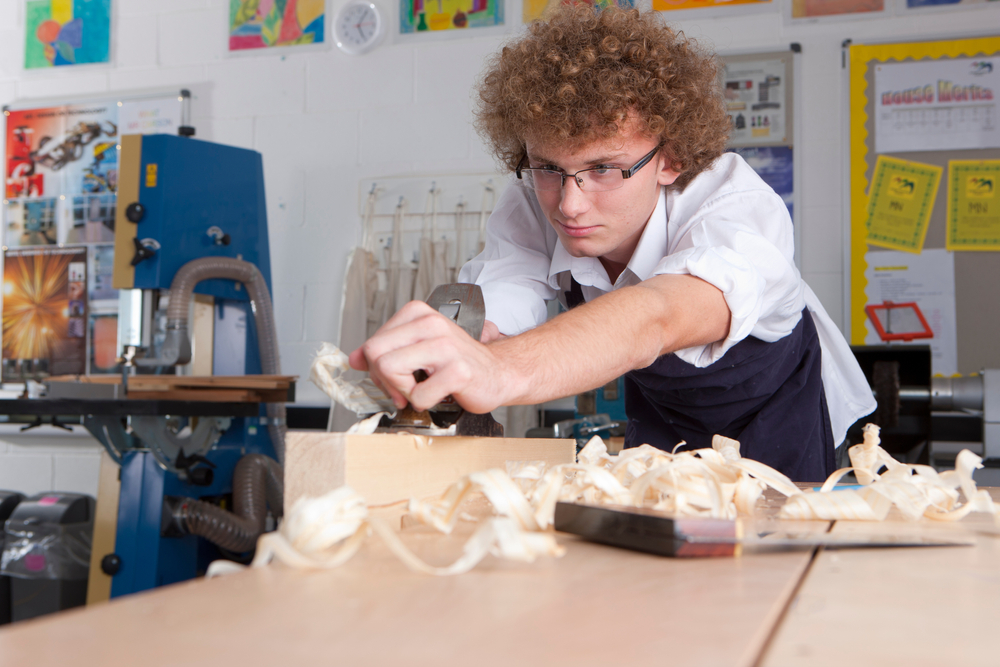
Hand Plane
If you're starting with one plane, make it a jack plane. It's versatile enough for rough stock removal and fine smoothing.
As you advance, you can add specialized planes like block planes, jointer planes, and smoothing planes to your collection.
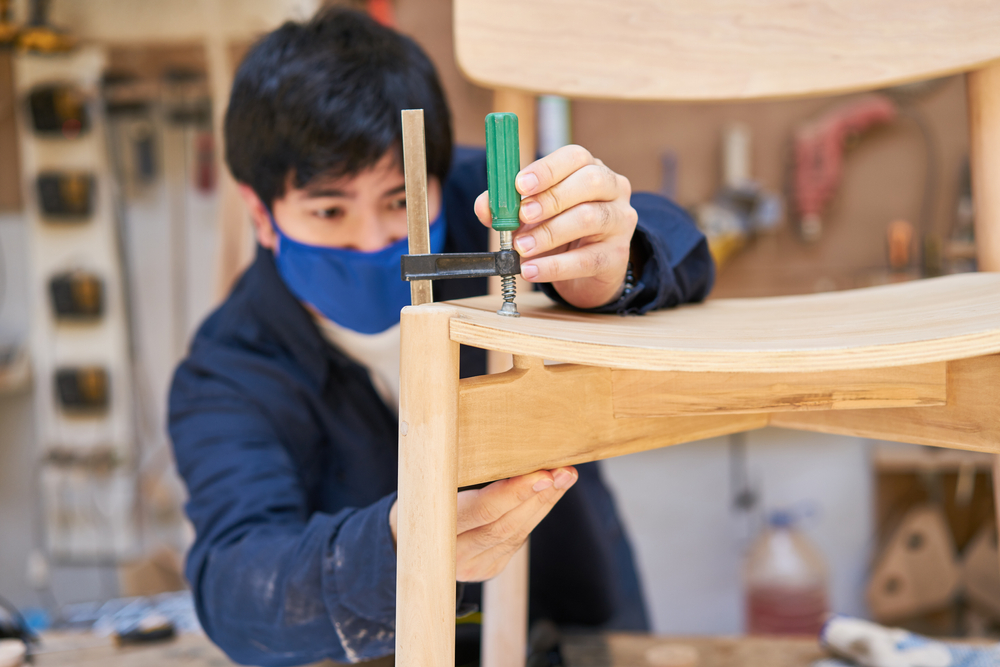
Clamps
Clamps hold your work steady and are essential for glue-ups. Start with a few bar clamps and spring clamps.
As you take on larger projects, you'll likely want to expand your clamp collection.
Do You Also Dream of Having The Tools That Professional Woodworkers Use?
Power Tools: When to Incorporate Them
While hand tools are excellent for learning, power tools offer efficiency and capabilities that can expand your woodworking horizons. As you become more comfortable with woodworking basics, consider adding these power tools to your arsenal:
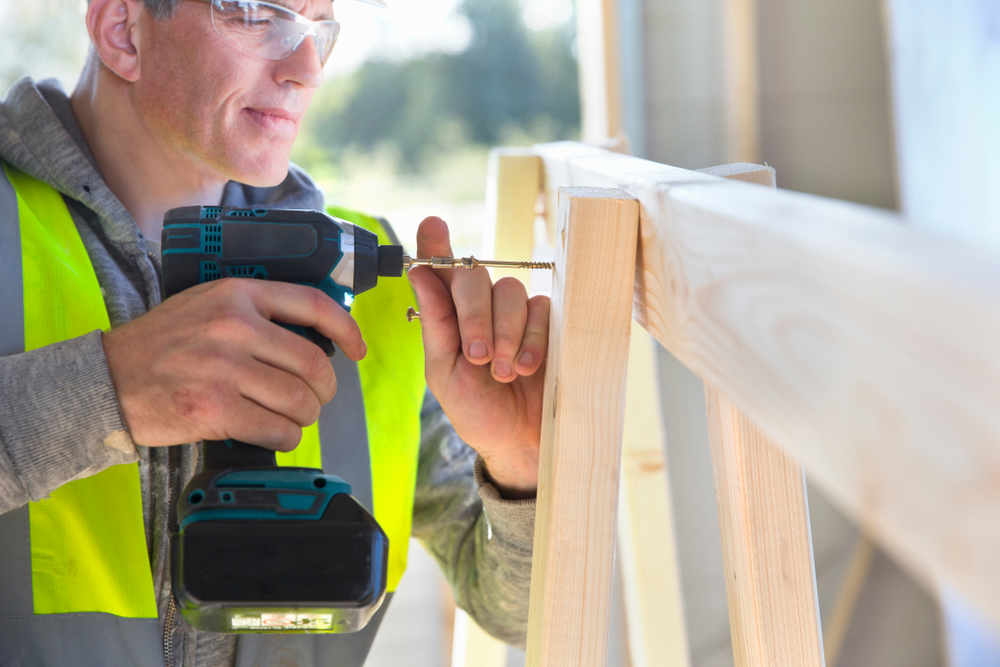
Drill
A cordless drill is incredibly versatile. It's useful for drilling holes, driving screws, and even light sanding with the right attachments.
Look for one with variable speed control and a clutch for precise control.
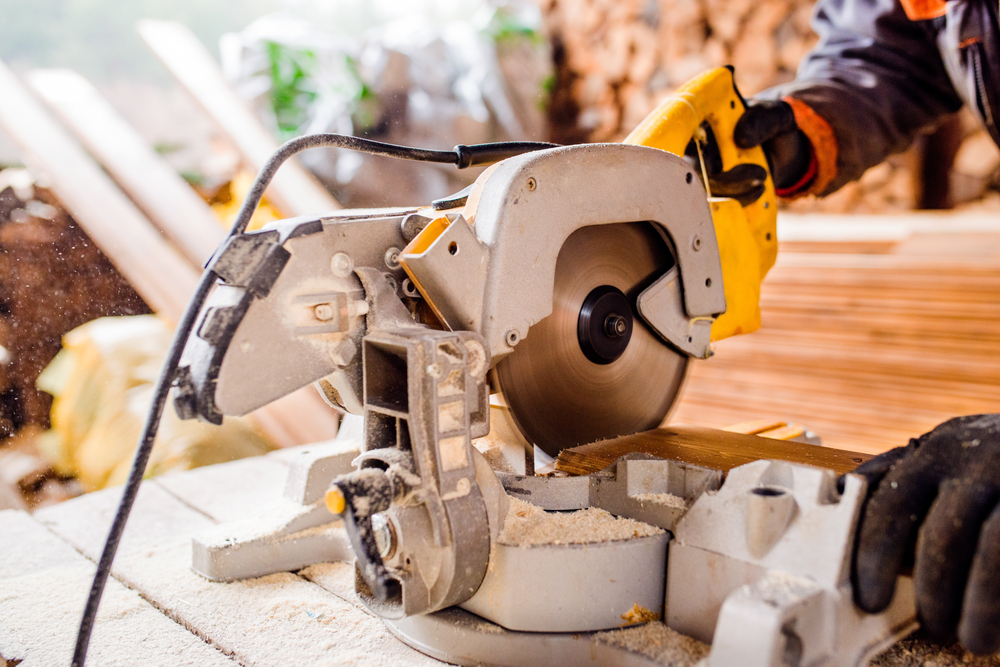
Circular Saw
Great for making long, straight cuts in sheet goods and dimensional lumber. A circular saw can be guided with a straightedge to achieve precise cuts.
It's more portable than a table saw and can handle many of the same tasks.

Random Orbital Sander
This tool makes quick work of smoothing surfaces and preparing them for finishing.
It's less aggressive than a belt sander, making it more forgiving for beginners.
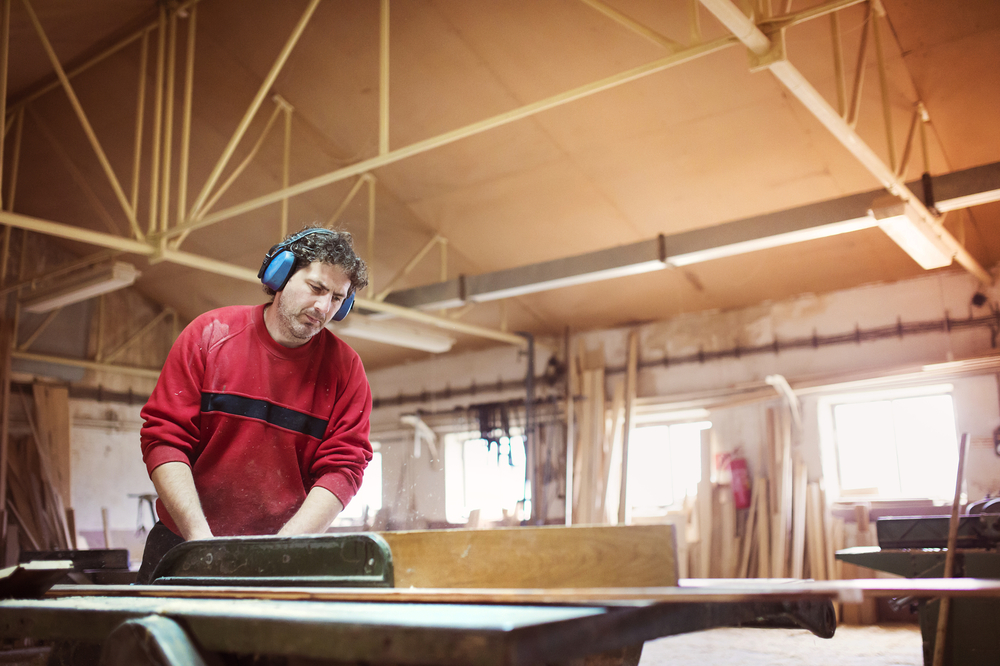
Table Saw
As you take on larger projects, a table saw becomes invaluable. It's the centerpiece of many woodworking shops, allowing for precise rip cuts, crosscuts, and even some joinery work with the right setup.

Router
A router is incredibly versatile. It can create decorative edges, cut joinery, and even flatten large surfaces with the right jig.
Start with a fixed-base router and add a plunge base as your skills develop.
Safety Considerations for Power Tools
Power tools require additional safety precautions:
🔴 Always wear suitable protective gear including safety glasses and hearing protection.
🔴 Read the manual thoroughly before using any new tool.
🔴 Keep your work area clean and well-lit to avoid accidents.
🔴 Unplug tools when changing bits or blades.
🔴 Never remove safety guards unless absolutely necessary for a specific operation.
How to Maintain Your Tools
Proper tool maintenance is crucial for both performance and longevity.
Here are some key maintenance tasks:
✔️ Cleaning
Wipe down your tools after each use to prevent rust and buildup. For hand tools, a light coat of oil on metal parts can prevent rust.
✔️ Sharpening
Keep cutting tools sharp. A dull tool is ineffective but can also be dangerous.
Learn to sharpen your chisels, plane irons, and saw blades.
✔️ Lubrication
Moving parts on both hands and power tools benefit from regular lubrication. Use the suitable lubricant for each tool as specified in its manual.
✔️ Storage
Store tools in a dry place, away from extreme temperatures. Consider using silica gel packets in toolboxes to absorb moisture.
Expanding Your Toolkit
As you grow in skill and take on more complex projects, you'll naturally want to expand your toolkit.
Here are some tools to consider as you advance:
✔️ Cleaning
Wipe down your tools after each use to prevent rust and buildup. For hand tools, a light coat of oil on metal parts can prevent rust.
✔️ Sharpening
Keep cutting tools sharp. A dull tool is ineffective but can also be dangerous.
Learn to sharpen your chisels, plane irons, and saw blades.
✔️ Lubrication
Moving parts on both hands and power tools benefit from regular lubrication. Use the suitable lubricant for each tool as specified in its manual.
✔️ Storage
Store tools in a dry place, away from extreme temperatures. Consider using silica gel packets in toolboxes to absorb moisture.
So your Tools are READY, what's Next?
Get started with a FREE easy-to-follow plan, complete with step-by-step instructions, photos, material lists, and more for!
Setting Up Your Workshop
Your tools need a home, and you need a space to work. Here are some tips for setting up your beginner workshop:
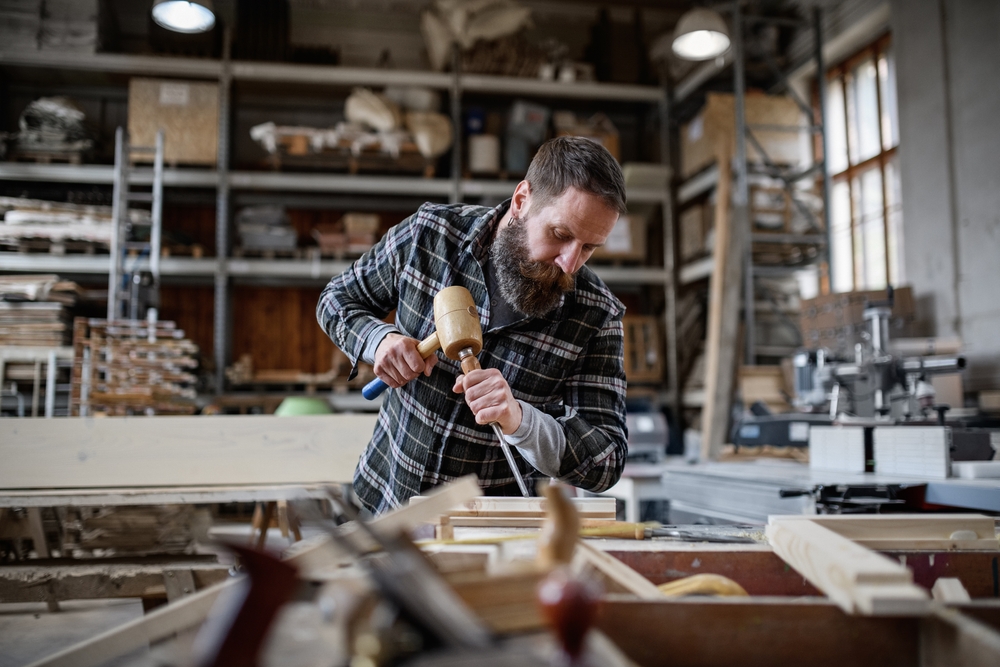
Workbench
A solid workbench is the heart of any workshop. If you're on a budget, building your own workbench is an excellent first project.
It will teach you valuable skills and allow you to customize the bench to your needs.
Storage
Keeping your tools organized and easily accessible is crucial for efficiency and safety. Consider:
Pegboards for hanging frequently used tools
Tool chests for storing smaller items
Wall-mounted racks for longer tools like clamps and saws
Lighting
Good lighting is essential for accurate work and safety. Aim for a combination of overhead lighting and task lighting.
LED shop lights are energy-efficient and provide excellent illumination.
Dust Collection
Even with hand tools, woodworking creates a lot of dust. A shop vacuum is a good start for keeping your workspace clean.
As you incorporate more power tools, consider a dedicated dust collection system.
Learning and Growing as a Woodworker
Woodworking is a craft that rewards continuous learning and practice. Here are some tips for making the most of your woodworking journey:
Start Small
Begin with simple projects that use basic joinery. As you gain confidence, gradually take on more complex work.
Each project should teach you something new.
Learn from Others
Join a local woodworking club or online forums. The woodworking community is generally very welcoming and full of knowledge.
Attend workshops or classes when possible to learn new techniques.

Practice Regularly
Try to spend some time in your workshop regularly, even if it's just for maintenance or small projects. Consistent practice is key to improving your skills.
Embrace Mistakes
Every mistake is a learning opportunity. Don't get discouraged if things don't turn out perfectly – even experienced woodworkers make mistakes.
Analyze what went wrong and how you can improve next time.
Document Your Work
Keep a project journal or take photos of your work. It's rewarding to look back and see how far you've come.
This documentation can also help you remember techniques or processes for future projects.
Discover the Ted's Difference!
Unlock instant access to 16,000 diverse project plans... all for less than a dinner out!
Hurry—our launch offer ends soon!
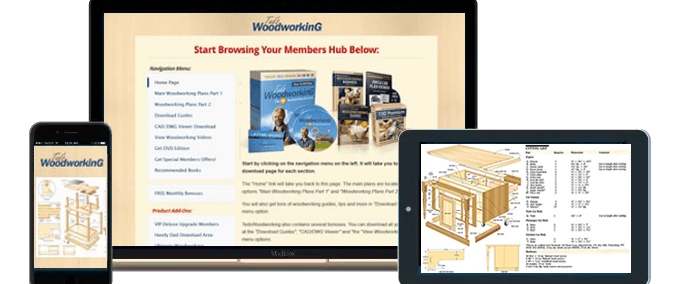
People Also Asked
👉 What are the most essential hand tools for a beginner woodworker?
The most essential hand tools for a beginner woodworker include a hand saw, chisels, hammer, screwdrivers, measuring and marking tools, a hand plane, and clamps.
👉 How much should I expect to spend on a basic set of woodworking tools?
A basic set of quality hand tools for woodworking can cost anywhere from $200 to $500, depending on the brands and specific tools chosen.
👉 Can I start woodworking without power tools?
Yes, you can start woodworking with just hand tools. Many woodworkers prefer to begin with hand tools to develop fundamental skills before incorporating power tools.
👉 What's the best first project for a beginner woodworker?
Simple projects like a cutting board, picture frame, or small shelf are excellent first projects for beginner woodworkers. These projects teach basic skills without being overly complex.
👉 How do I sharpen woodworking tools?
Woodworking tools can be sharpened using a combination of sharpening stones, honing oils, and strops. The specific method varies depending on the tool, but generally involves creating a consistent bevel angle and progressively finer grits.
👉 What safety gear do I need for woodworking?
Essential safety gear for woodworking includes safety glasses, hearing protection (for power tools), dust masks or respirators, and sturdy closed-toe shoes.
👉 How often should I maintain my woodworking tools?
Regular maintenance should be performed after each use, including cleaning and light oiling. More thorough maintenance, like sharpening, depends on usage but is typically needed every few months for frequently used tools.
👉 What's the difference between hardwood and softwood in woodworking?
Hardwood comes from deciduous trees and is generally denser and more durable than softwood, which comes from coniferous trees. Hardwoods are often used for furniture and fine woodworking, while softwoods are common in construction and less expensive projects.
👉 How do I choose the right wood for my project?
Choosing the right wood depends on factors like the project's purpose, budget, desired appearance, and your skill level. Consider the wood's hardness, grain pattern, color, and how it will react to finishes.
👉 What's the best way to learn woodworking techniques?
The best way to learn woodworking techniques is through a combination of practice, reading books or online resources, watching instructional videos, and if possible, taking classes or workshops with experienced woodworkers.
Key Takeaways
📌 Start with a core set of quality hand tools to develop basic skills.
📌 Prioritize safety in your tool selection and workshop setup.
📌 Maintain your tools properly to ensure longevity and optimal performance.
📌 Gradually expand your toolkit as your skills and project complexity grow.
📌 Embrace the learning process and connect with the woodworking community.
